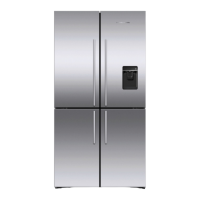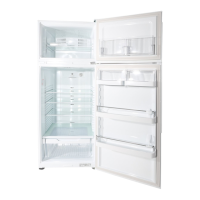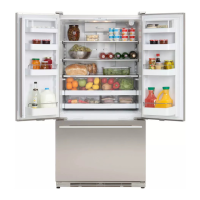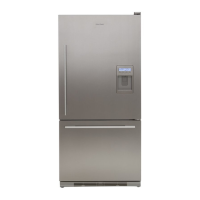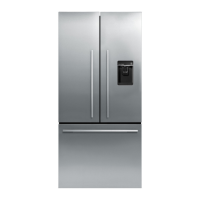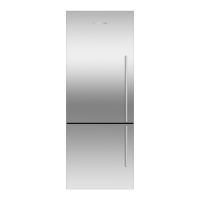What causes unfamiliar noises in a Fisher & Paykel Refrigerator?
- TTiffany NunezAug 30, 2025
If your Fisher & Paykel refrigerator is making unfamiliar noises, it could be due to the cabinet not being stable or level. Also, the freezer might be defrosting.





